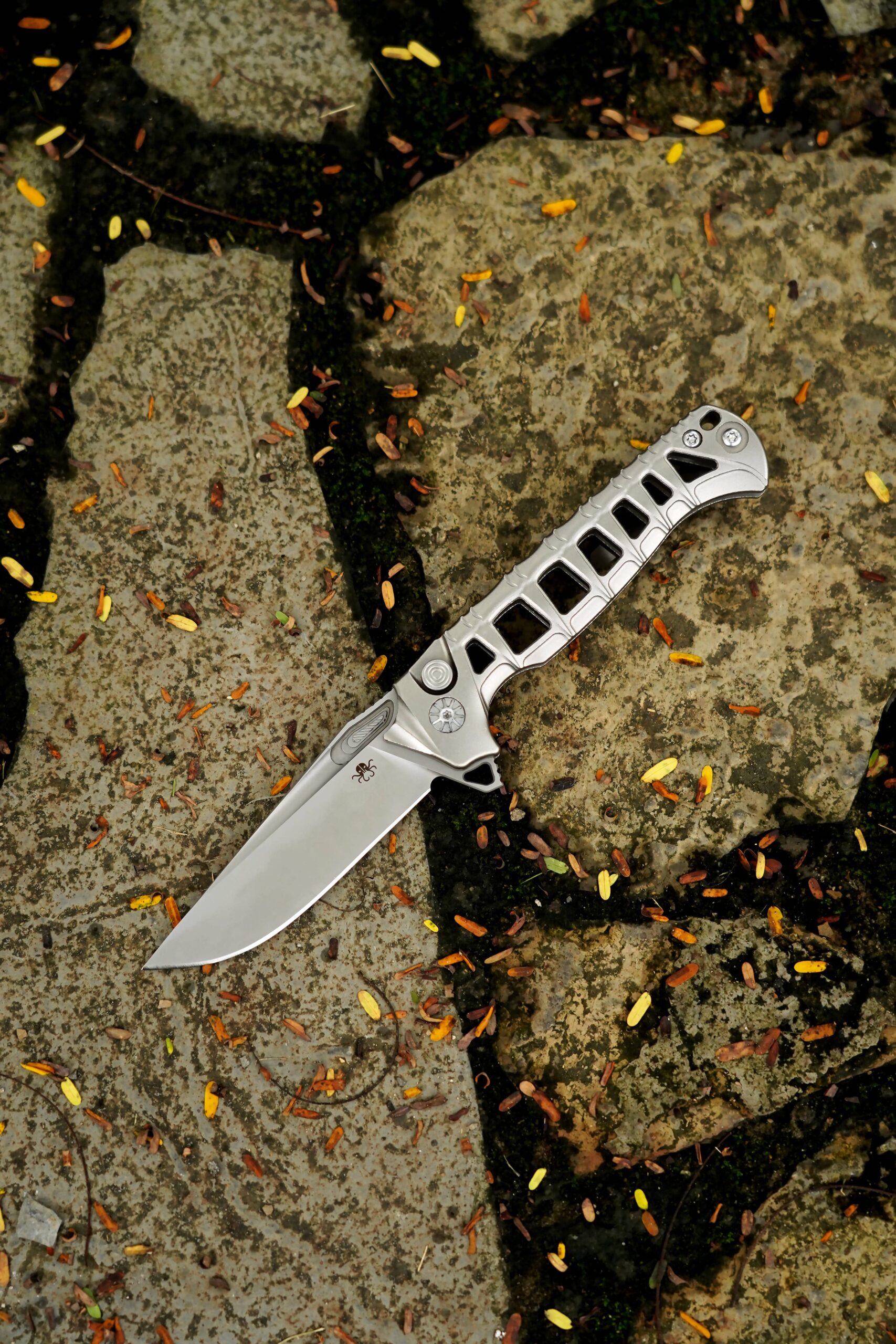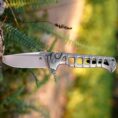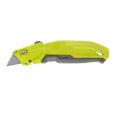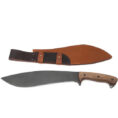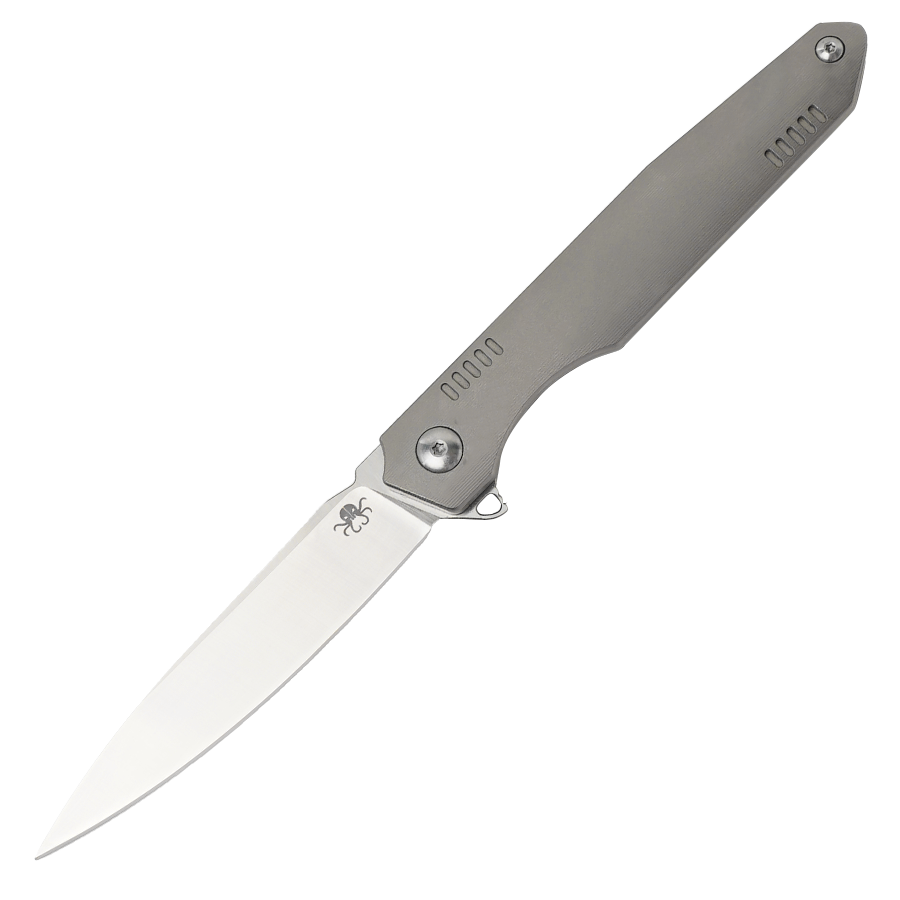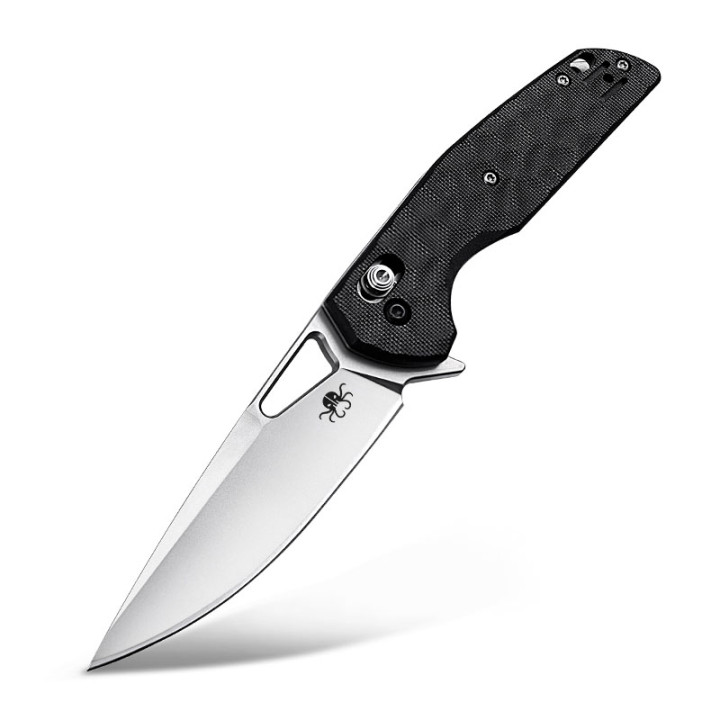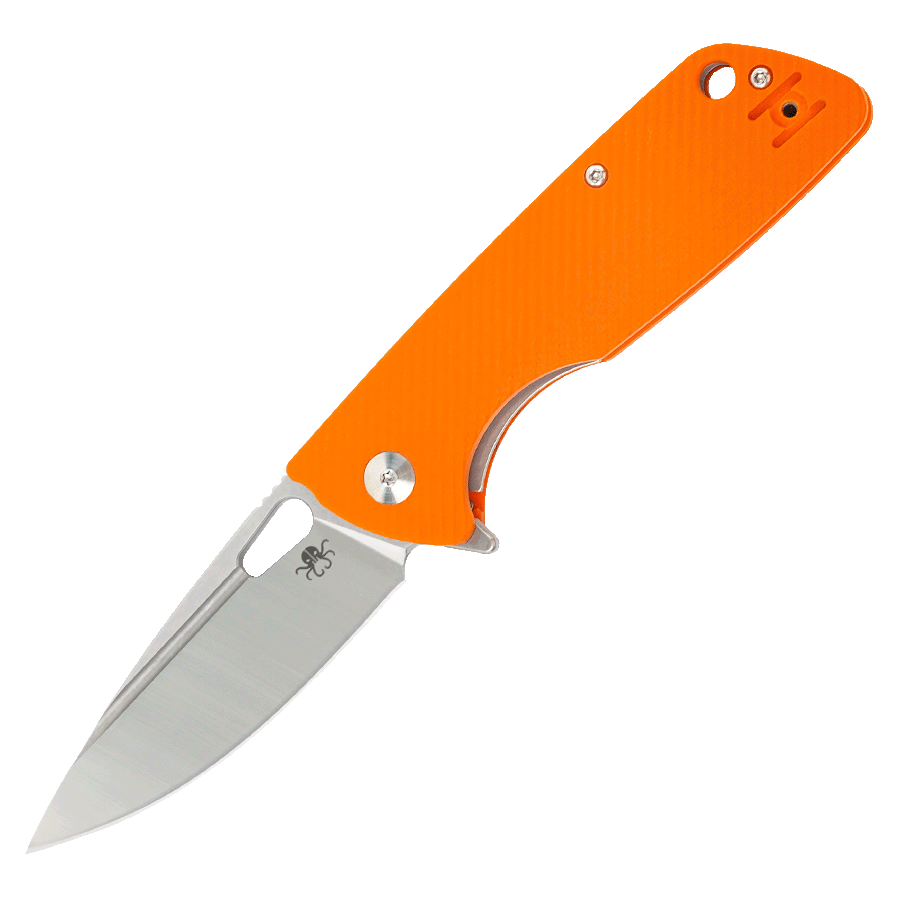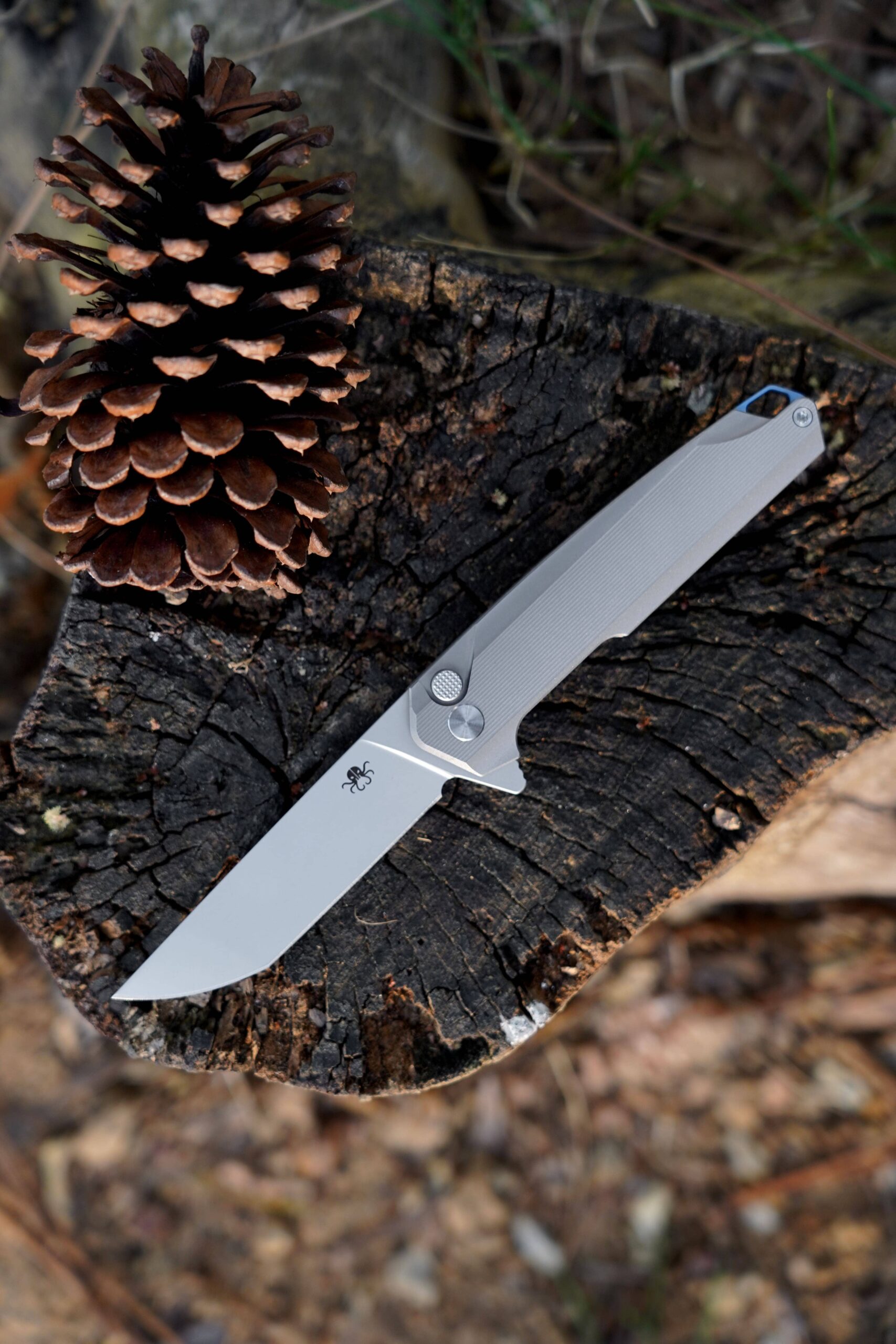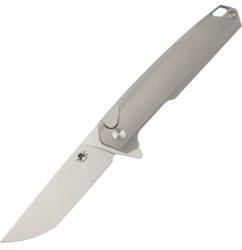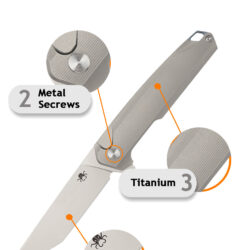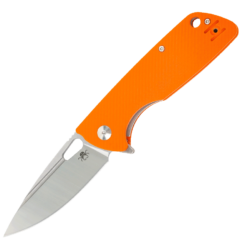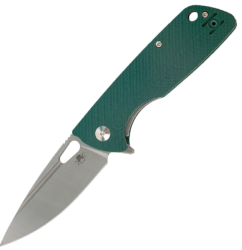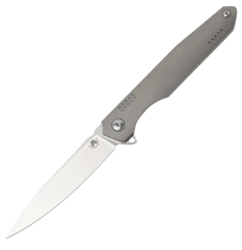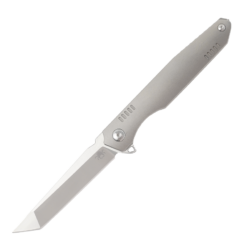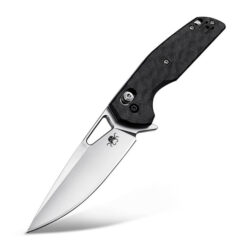Storage Done Right: How to Extend Your Knife’s Lifespan
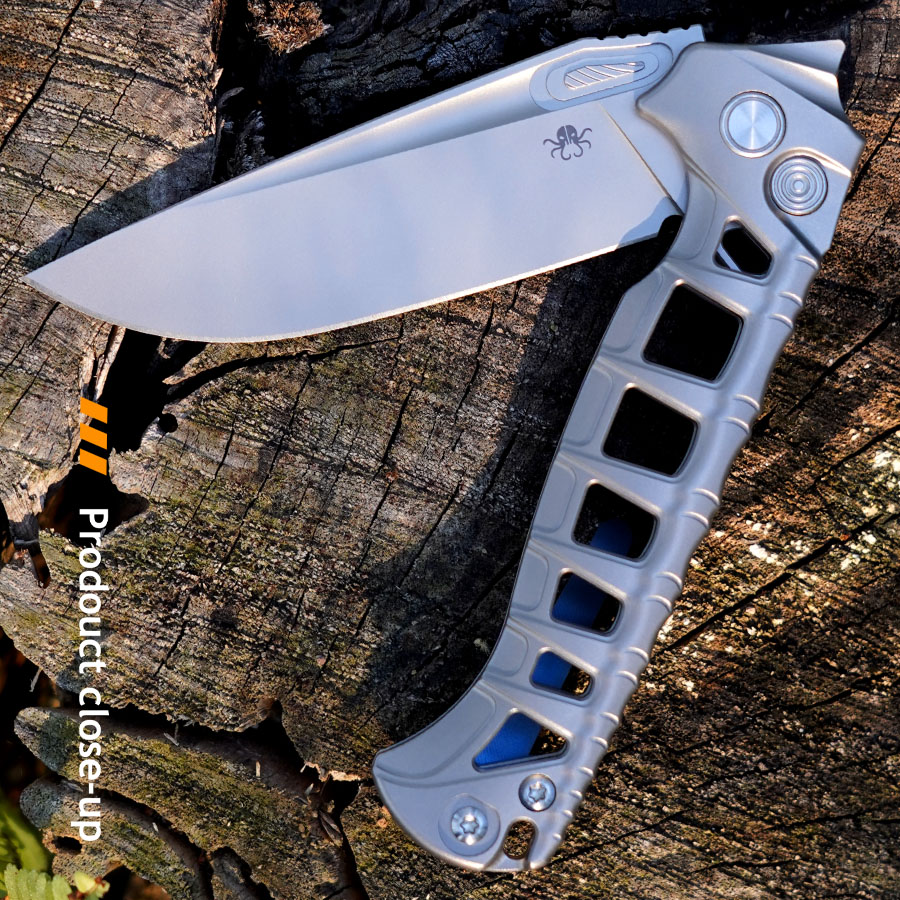
Introduction: The Importance of Proper Knife Storage
A knife’s lifespan doesn’t just depend on its quality, blade material, or sharpening methods. Proper storage is equally vital in ensuring that your knife stays sharp, rust-free, and in optimal condition for years to come. Storing a knife improperly can lead to rust, dullness, broken tips, and even dangerous mishaps. The good news is that by following a few simple rules and employing effective storage strategies, you can protect your knife and maximize its longevity.
In this article, we will explore various methods of knife storage, the common mistakes to avoid, and how to store different types of knives—whether in the kitchen, outdoor setting, or workshop. From choosing the right storage tools to understanding environmental factors, we will cover everything you need to know about keeping your knives in top condition.
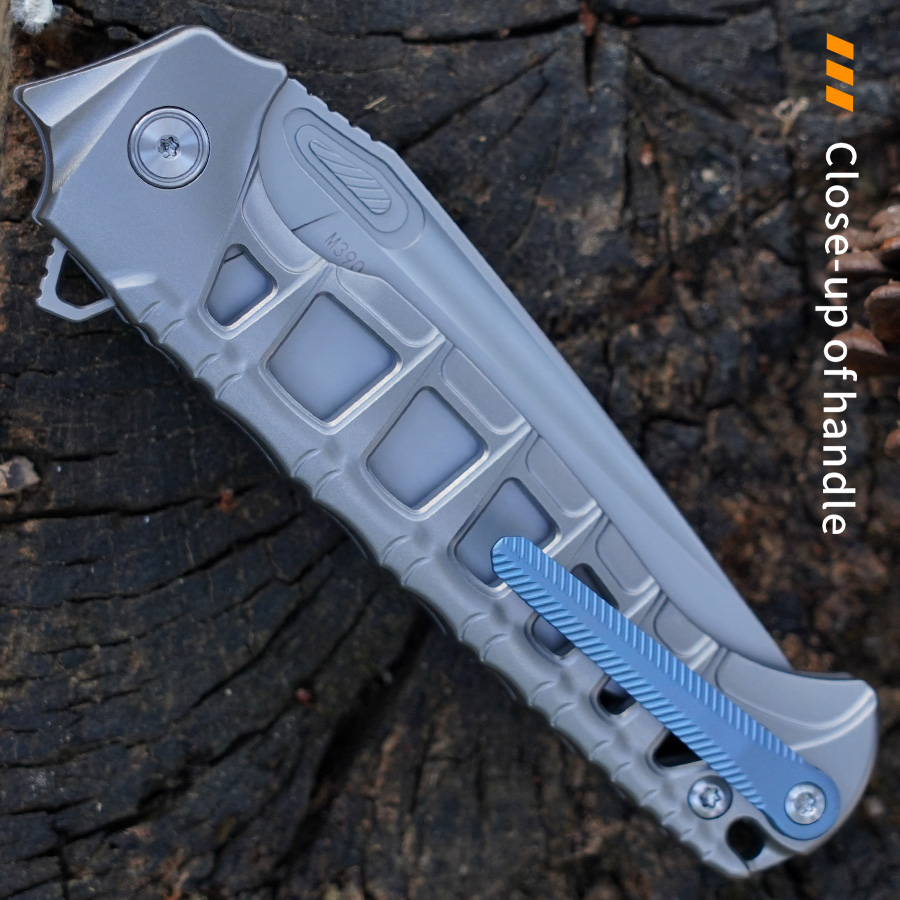
Chapter 1: Understanding the Impact of Storage on Knife Longevity
1.1 Why Knife Storage Matters A knife’s longevity is determined not only by its construction and sharpening but by how it is stored. Proper storage ensures that your knife maintains its sharp edge, avoids damage from environmental factors, and stays free from rust or corrosion. In this chapter, we will explain how improper storage leads to issues such as:
- Rust and Corrosion: Exposure to moisture, humidity, or salt.
- Edge Deterioration: Improper handling can lead to dullness, nicks, and chips.
- Physical Damage: Storing knives loosely or without protection can lead to broken or bent tips.
1.2 Factors That Affect Knife Storage The conditions in which you store your knife—temperature, humidity, and handling—play a significant role in its overall health. This section will focus on:
- Humidity: High humidity can cause rust, especially on carbon steel blades.
- Temperature: Extreme heat or cold can affect the blade and handle materials.
- Light: Direct exposure to sunlight can weaken certain knife materials.
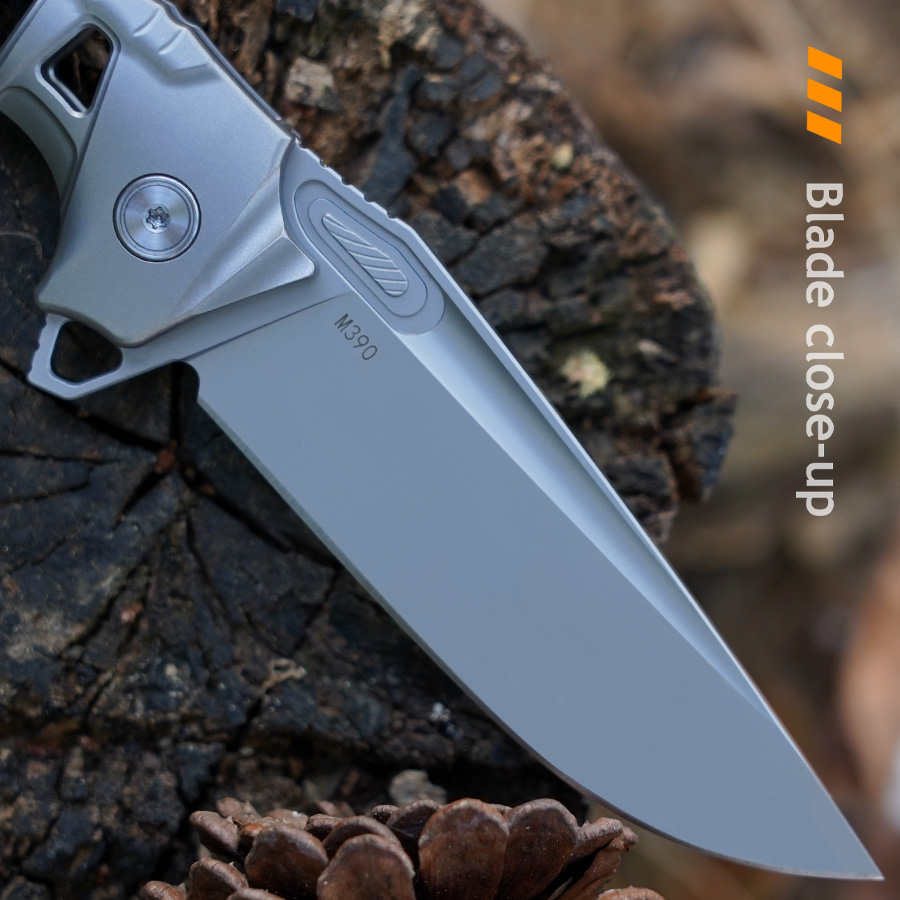
Chapter 2: The Best Storage Solutions for Knives
2.1 Knife Blocks: Pros and Cons Knife blocks are a common storage method, especially in kitchens. They provide convenient access and protection for your knives. However, not all knife blocks are created equal. In this chapter, we will discuss:
- Wooden Knife Blocks: How wooden blocks help to reduce moisture buildup but can harbor bacteria if not properly cleaned.
- Plastic or Acrylic Knife Blocks: Pros and cons of plastic or acrylic blocks, including their resistance to moisture and easy cleaning.
- Magnetic Knife Strips: A sleek, modern way to store knives. We’ll explore the benefits, such as ease of access and display, and potential drawbacks, like the risk of edge damage if knives are not placed properly.
- Drawer Inserts: How drawer inserts can help protect your knives from the environment and prevent damage from other utensils.
2.2 Knife Rolls and Sheaths For chefs, hunters, or travelers, knife rolls and sheaths are an excellent solution for storing and transporting knives safely. We’ll discuss:
- Knife Rolls: How to choose a good quality knife roll and what materials are best for protecting your blades.
- Sheaths and Blade Covers: Various types of sheaths (leather, synthetic, and others) and their benefits in protecting the blade and preventing accidents.
2.3 Drawer Storage: Is It Safe? Storing knives in a drawer might seem convenient, but it’s often not the safest or most effective method. This section will explain:
- Knife Blocks in Drawers: Why drawer blocks are a great alternative to traditional knife blocks.
- Drawer Trays: How to use drawer trays to keep knives organized and safe from damage.
2.4 Other Creative Storage Solutions Some knife enthusiasts opt for unique storage methods, such as:
- Magnetic Knife Holders: Used on the fridge, cabinets, or even walls, magnetic strips help keep knives out of drawers, where they could get damaged.
- Custom Storage Units: For high-end knives, some people choose custom-made storage solutions that provide both aesthetic appeal and practicality.
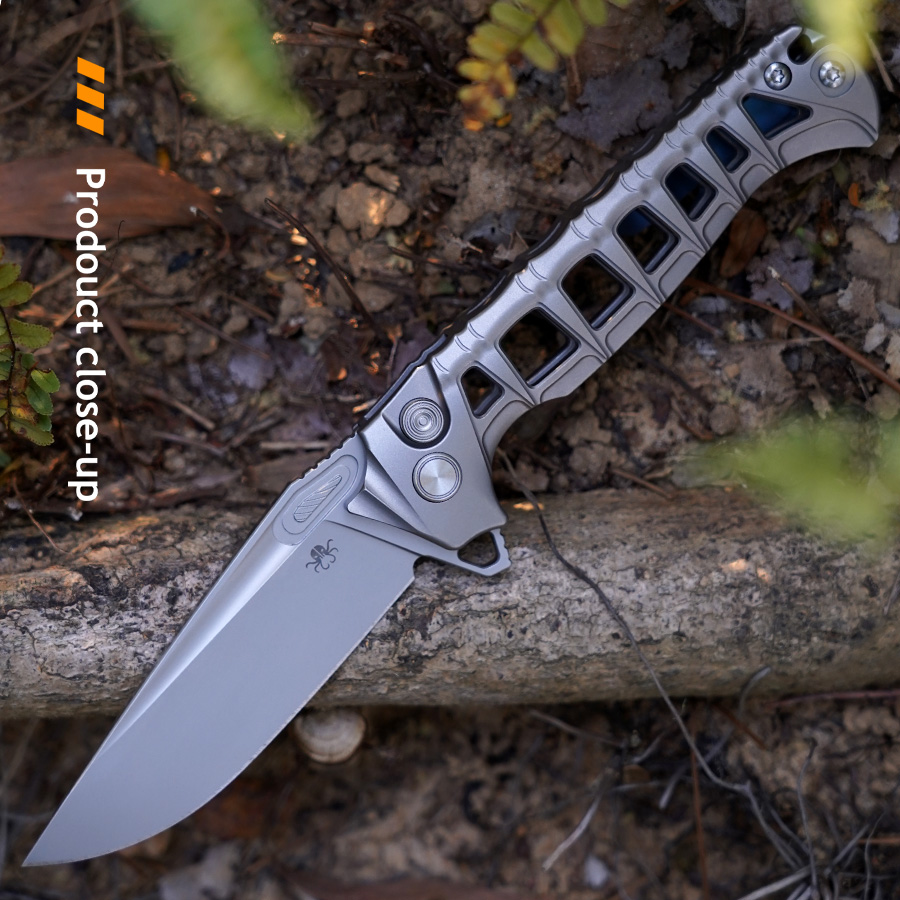
Chapter 3: The Best Materials for Knife Storage
3.1 Wood vs. Plastic vs. Metal The material of the storage solution matters a lot when it comes to preserving your knife. We’ll explore how different materials—wood, plastic, and metal—affect knife longevity:
- Wood: Provides natural moisture resistance and doesn’t damage the blade. However, it can develop bacteria if not maintained properly.
- Plastic: Lightweight, easy to clean, but can sometimes dull the knife if not designed with care.
- Metal: Durable, but needs to be handled carefully to avoid scratches or chips on the blade.
3.2 Knife Sleeves and Protective Covers Choosing the right protective cover is crucial for keeping your knives in good shape. This section will look at various materials for blade sleeves and covers:
- Leather Sleeves: Elegant and durable, offering excellent protection.
- Fabric Sleeves: Flexible and easy to carry, ideal for traveling chefs or outdoor enthusiasts.
- Plastic or Silicone Covers: Affordable and easy to use, but less breathable than leather or fabric.
3.3 Magnetic vs. Non-Magnetic Storage We’ll dive deeper into magnetic storage options, comparing the pros and cons of magnetic knife strips versus non-magnetic options like knife blocks and drawer inserts.
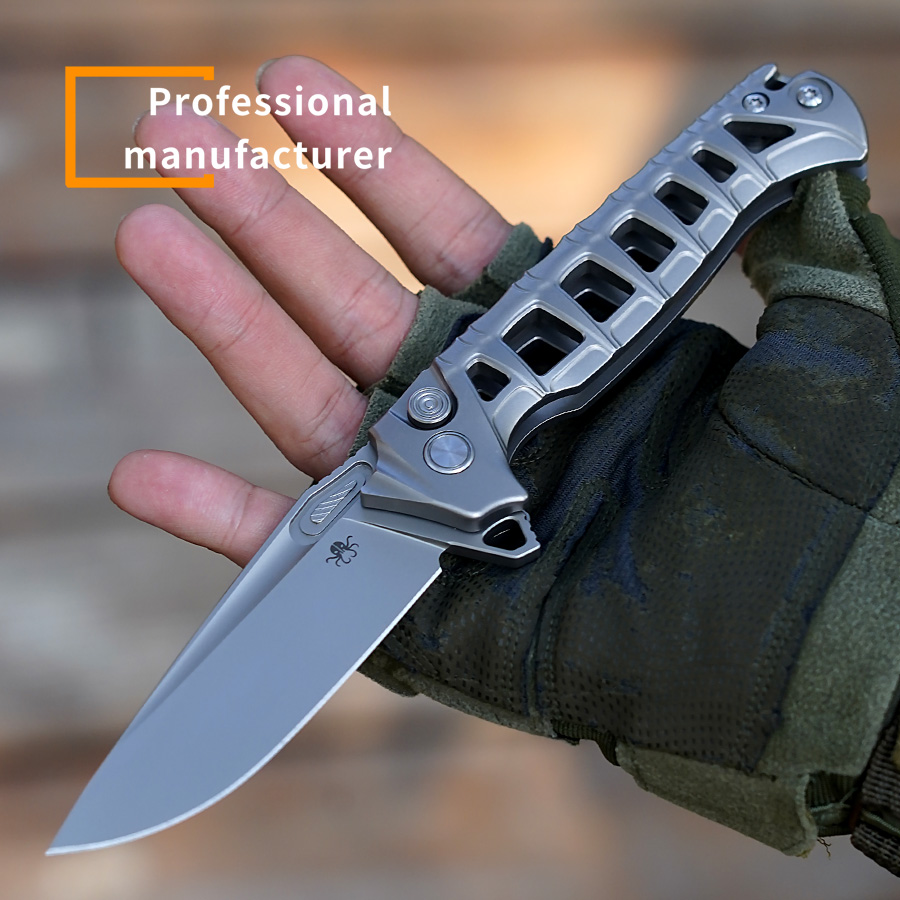
Chapter 4: How to Store Different Types of Knives
4.1 Kitchen Knives Kitchen knives are typically used frequently and must be stored in a way that allows easy access while preventing damage. We’ll discuss:
- Proper Knife Block Storage: The importance of keeping knives separated and preventing blade contact.
- Drawer Storage for Kitchen Knives: Best practices for storing kitchen knives in drawers without damaging the edges.
- Avoiding Blade-to-Blade Contact: Tips on avoiding damage from storing knives too close together.
4.2 Hunting and Outdoor Knives Outdoor knives, often exposed to harsher conditions, require special attention. We’ll explore:
- Sheaths and Covers for Hunting Knives: The best materials and designs to protect your hunting knives.
- Carrying Cases for Travel: Best options for safely carrying knives on camping trips, hunting excursions, or other outdoor activities.
4.3 Pocket Knives Pocket knives are more compact but require unique storage to prevent rusting and edge deterioration. This section will focus on:
- Carrying Pouches: Leather or fabric pouches to keep your pocket knives safe when not in use.
- Storage for Collectors: For those who collect pocket knives, we’ll discuss display cases and other storage methods.
4.4 Specialty Knives (E.g., Scissors, Shears, and Machetes) Specialty knives need unique storage solutions, and in this section, we will cover:
- Scissors and Shears: How to store these larger cutting tools safely.
- Machetes and Swords: When it comes to large blades, proper hanging or sheathing is critical.
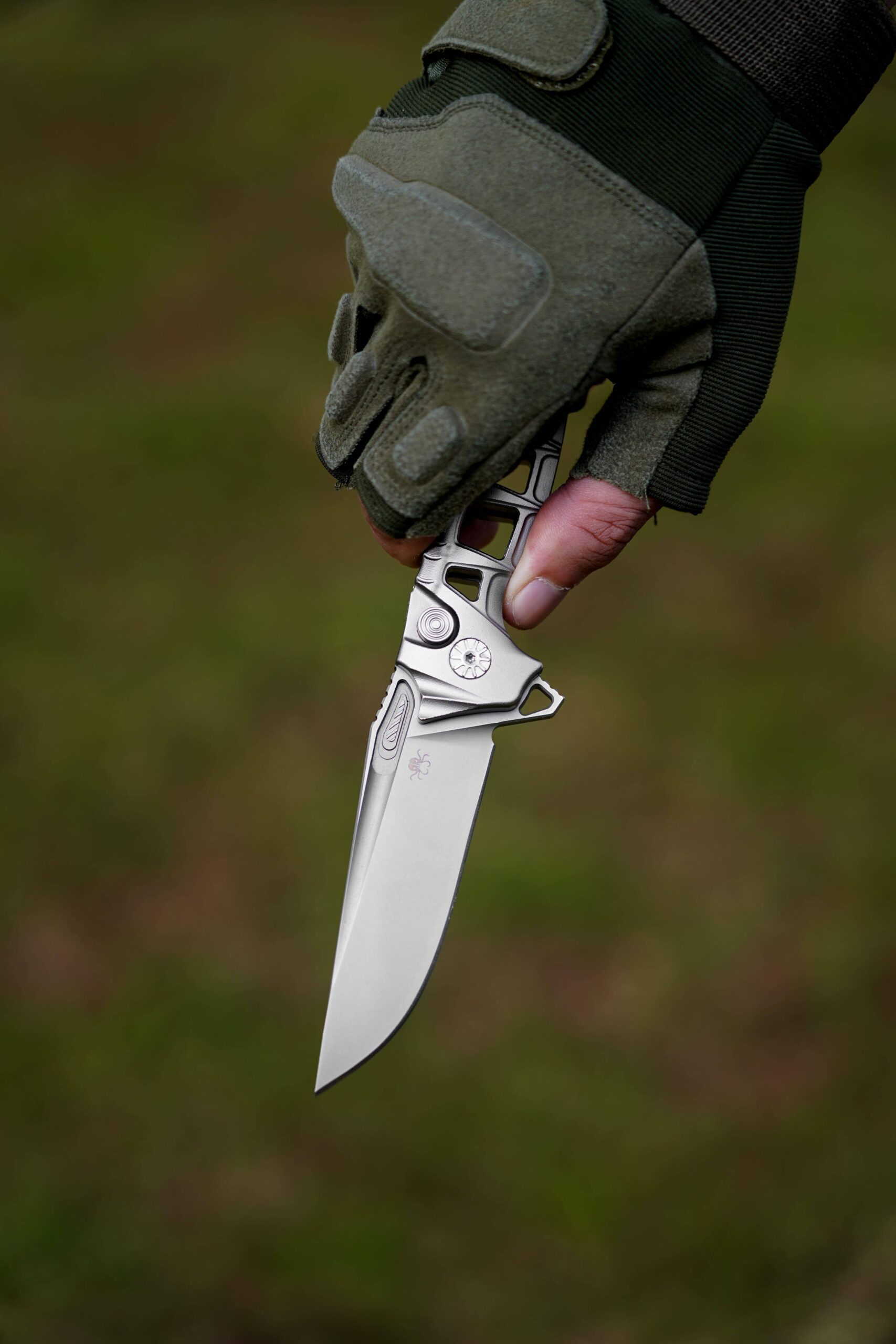
Chapter 5: Environmental Factors That Affect Knife Storage
5.1 Temperature and Humidity Temperature and humidity are critical factors in rust prevention. This section will explore how to maintain ideal storage conditions:
- Controlling Humidity: Methods such as silica gel packs or humidity-controlled knife cases.
- Temperature Considerations: The impact of extreme cold or heat on your knife’s materials.
5.2 Rust and Corrosion Prevention We’ll delve deeper into how to protect knives from rust, including:
- Regular Maintenance: Cleaning and oiling your knife regularly to prevent rust.
- Proper Drying: The importance of drying knives after use and before storage.
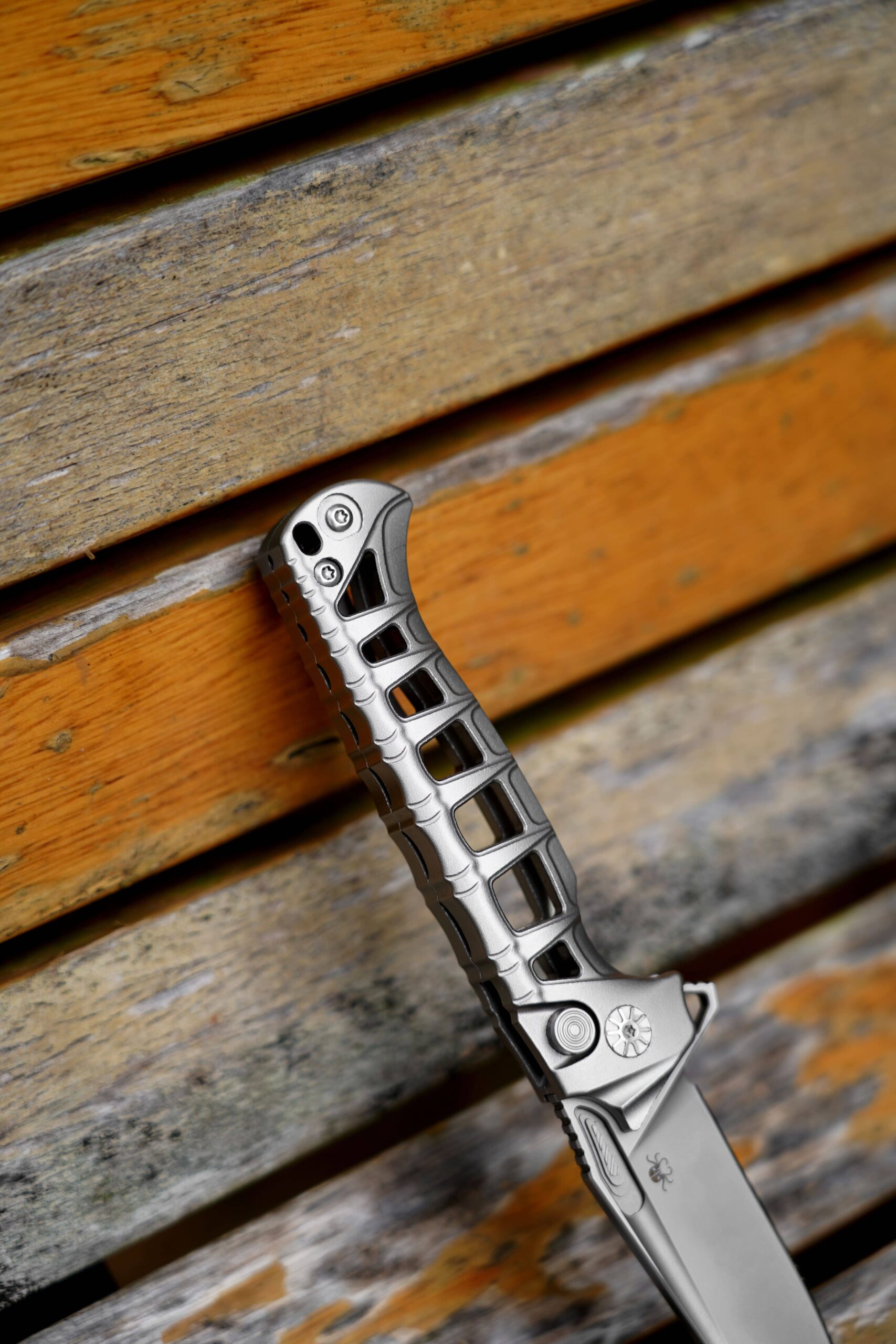
Chapter 6: Proper Knife Handling to Maintain Storage Conditions
6.1 Always Use the Right Cutting Surface Using the right cutting board is essential to prevent damaging the edge. We’ll provide guidelines on:
- Wood vs. Plastic vs. Bamboo Cutting Boards: What’s best for preserving your knife’s sharpness?
6.2 Cleaning and Oiling Your Knives Before storing your knives, proper cleaning and oiling are crucial for protecting the blade and handle. We’ll cover:
- How to Clean Different Knives: Effective cleaning methods based on blade material.
- Oiling the Blade: The best oils to prevent corrosion and maintain the edge.
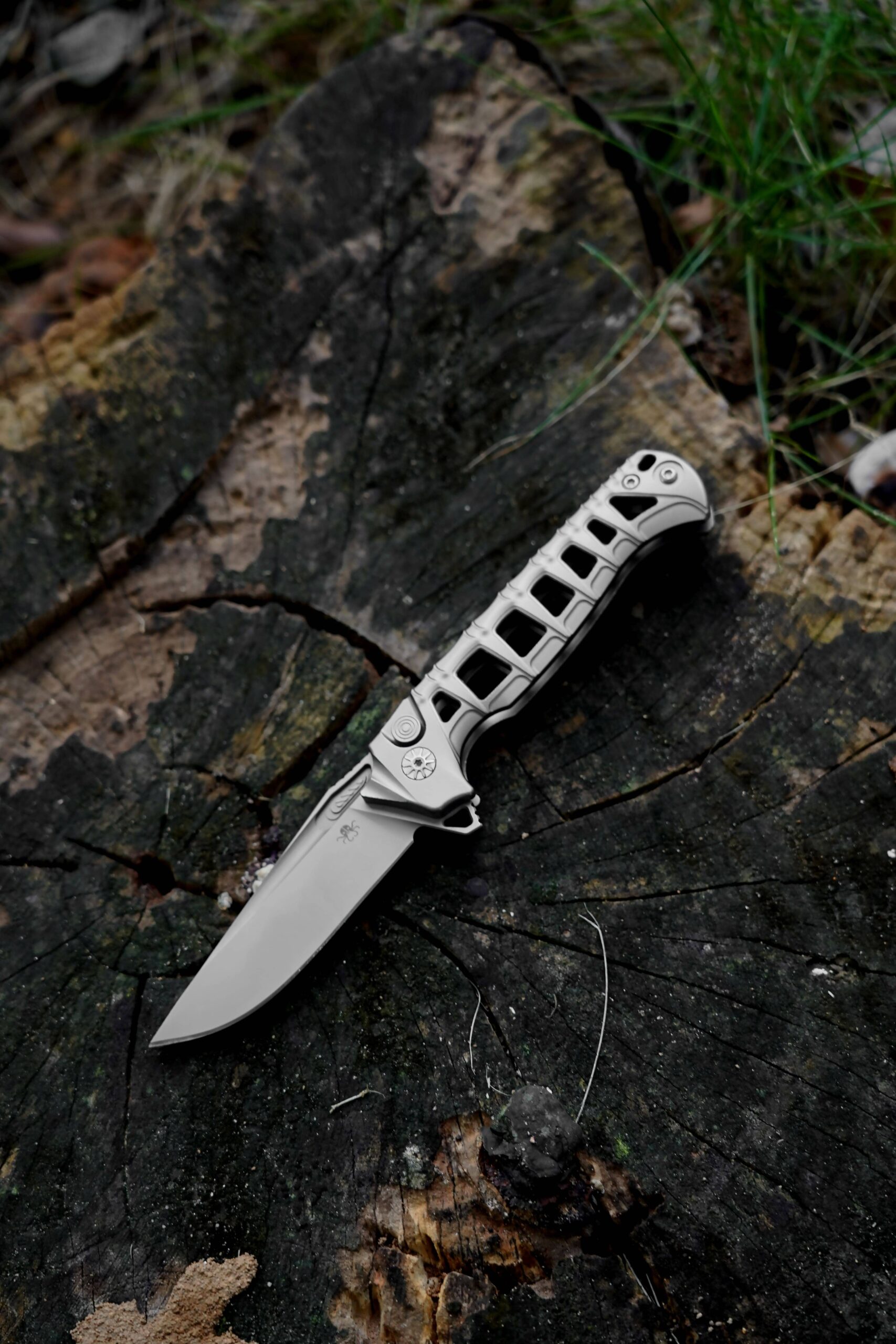
Chapter 7: Troubleshooting Common Knife Storage Issues
7.1 Knife Rust Despite Proper Storage What to do when your knife shows signs of rust despite your best efforts. We’ll provide solutions and explain how to prevent rust moving forward.
7.2 Blade Dullness from Improper Storage If your knife edges have dulled due to poor storage, we’ll discuss how to fix it and prevent it from happening again.
7.3 Maintaining Your Storage Solution Your storage solution itself needs maintenance. We’ll talk about how to keep knife blocks, magnetic strips, and other storage items clean and functional.
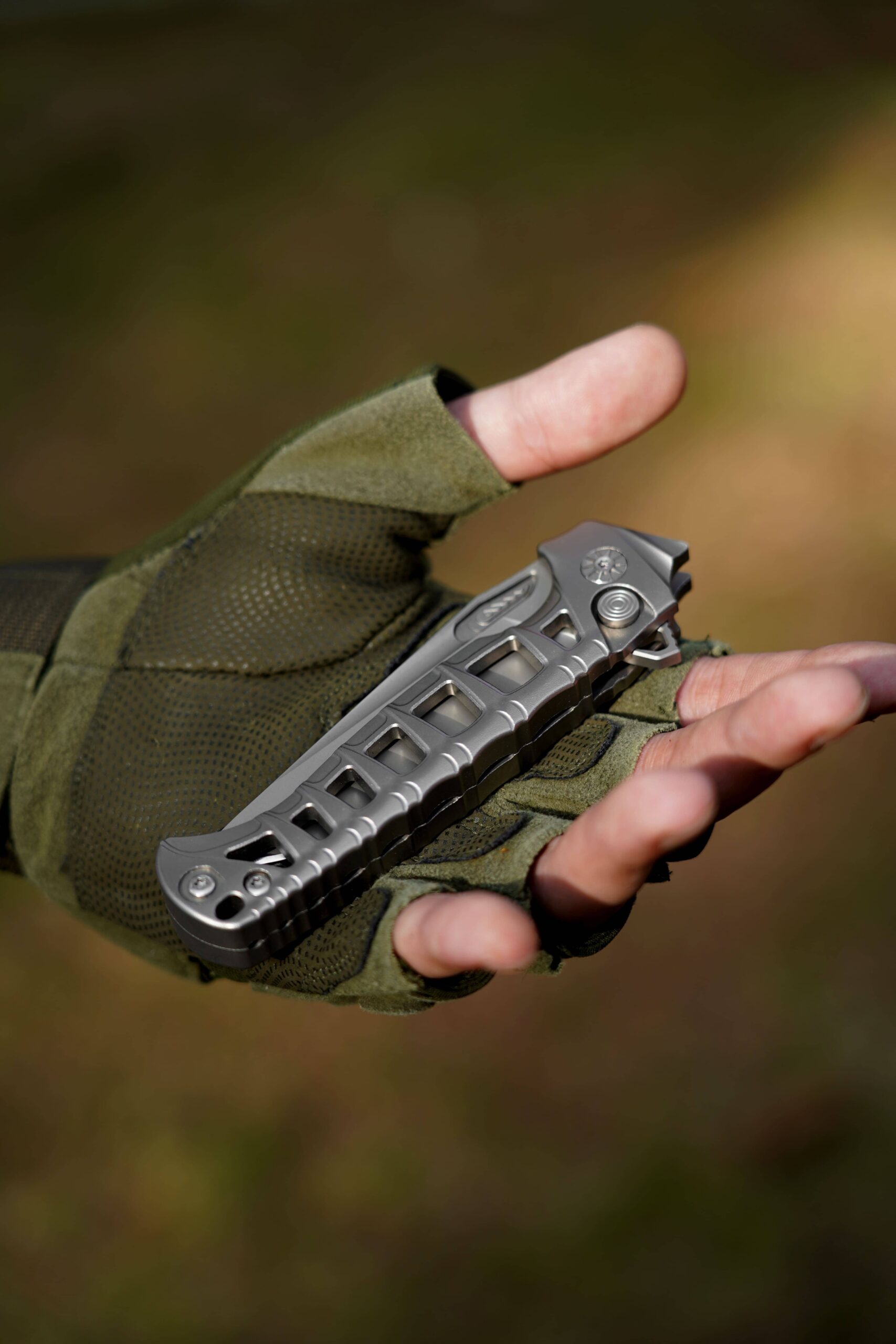
Conclusion: Long-Term Knife Care Starts with Proper Storage
By investing in proper knife storage methods, you ensure your blades remain sharp, rust-free, and ready for action. Whether you’re a professional chef, a seasoned outdoorsman, or a casual home cook, understanding the importance
